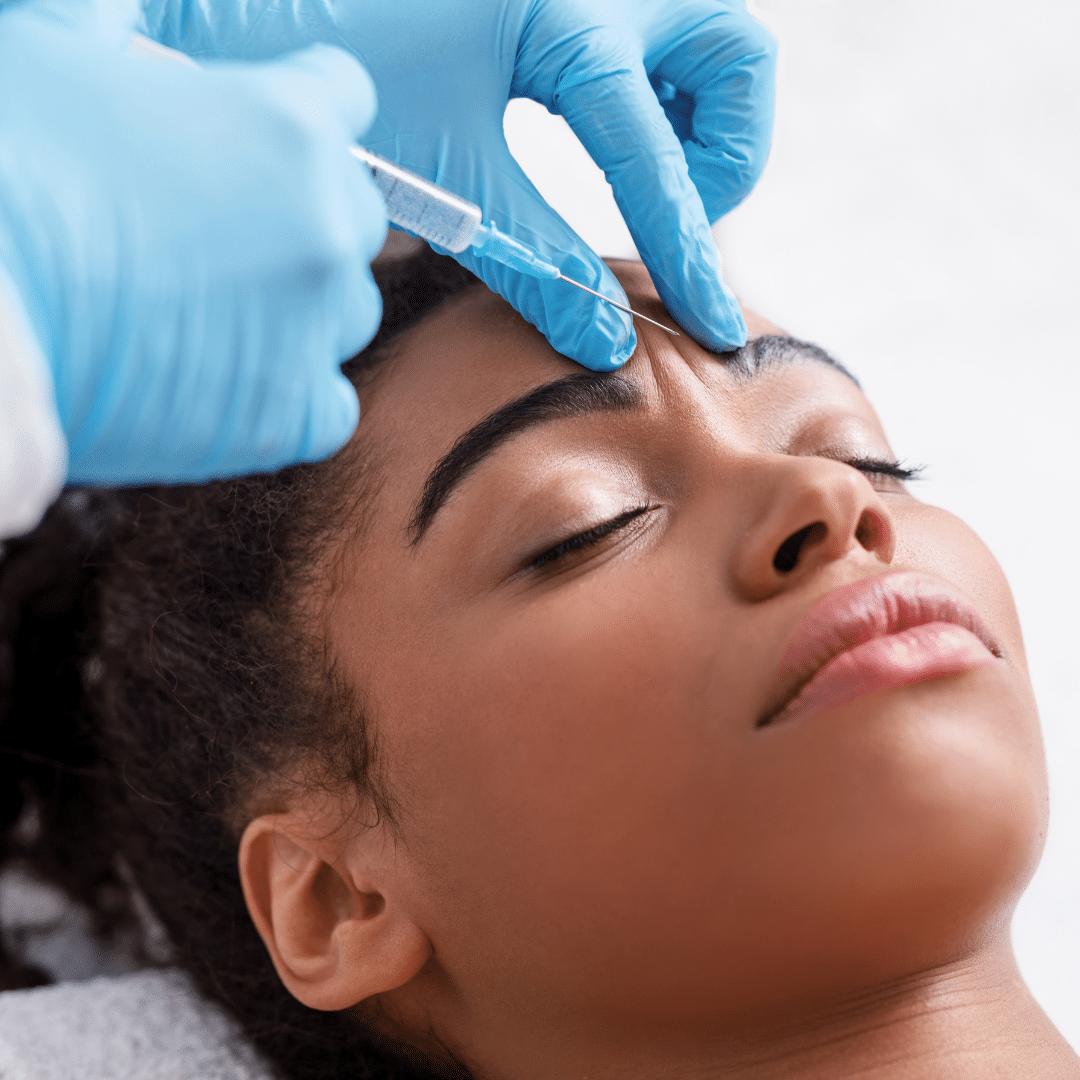
Is Botox Safe Long-Term?
3 May 2022 by Omniya ClinicWith any cosmetic treatment, it’s good to know as much as you can about the effects – both long and short-term. Fortunately, Botox hasn’t just been shown to be safe for long-term use – there’s actually additional benefits that come from prolonged use.
How Much Do We Know About Botox?
Botox was first approved by the FDA for clinical use in the U.S. in 1989. It wasn’t until 2002, however, that the FDA approved Botox for cosmetic purposes, with the rest of the world following their example soon after.
So while there’s still only limited information to assess the long-term effects of cosmetic Botox, there’s more than 30 years of evidence gathered based on widespread usage for clinical applications for a range of different conditions. These include cerebral palsy, cervical dystonia, and upper limb spasticity in stroke survivors. For many people suffering from these conditions, Botox provides life-changing positive benefits.
What Are The Long-Term Effects Of Botox?
You’re likely to frown less. The specific muscles targeted during your Botox treatments will change over time. The muscles will become weaker, and less capable of pulling your whole face or forehead into frowning expressions. Also, as frowning will occur much less frequently, you’re training your face not to respond unconsciously in this way – so frowning will feel very different, and you’ll be able to consciously avoid frowning.
You’ll need less Botox over time. As the specific muscles targeted by forehead Botox – the glabellar and frontalis muscles – become weaker through disuse, the amount of Botox required to achieve the same effect will be reduced. Treatments can then become less frequent, with a smaller dose used each time to maintain the desired effect.
Should you choose to stop using Botox after a prolonged period, you can also expect to enjoy the effects for much longer than if you’d only had a couple of treatments.
You’ll have smoother, less wrinkled skin. Long-term, Botox can treat both static and dynamic wrinkles.
Dynamic wrinkles are the temporary creases formed by different facial expressions. With time and constant repetition, these become etched into the shape of your skin, until they become unchanging static wrinkles.
While short-term Botox use will mostly provide improvement for dynamic wrinkles, long-term Botox use will stop these dynamic wrinkles deepening and forming into static wrinkles. This will literally take years off your skin and appearance.
What About The Side-Effects Of Botox? Will They Get Worse With Time?
A small number of long-term Botox users have reported some thinning of the skin in the regularly treated areas, which can counteract the positive effects of the treatment. While this has only been reported by a tiny fraction of people using Botox for 10 years or longer, it’s best to combine sustained Botox use with an active skincare regime, including the use of daily sunscreen.
Here at Omniya, our London Botox clinic is renowned for its skilful and experienced practitioners – with any aesthetic treatment, ‘less is more’, and we pride ourselves on producing subtle, natural-looking results. Any treatment of this kind will involve a thorough consultation to identify any risk of side-effects, and if you’ve a history of Botox treatment, then we’ll take that information into account during any further treatment.
